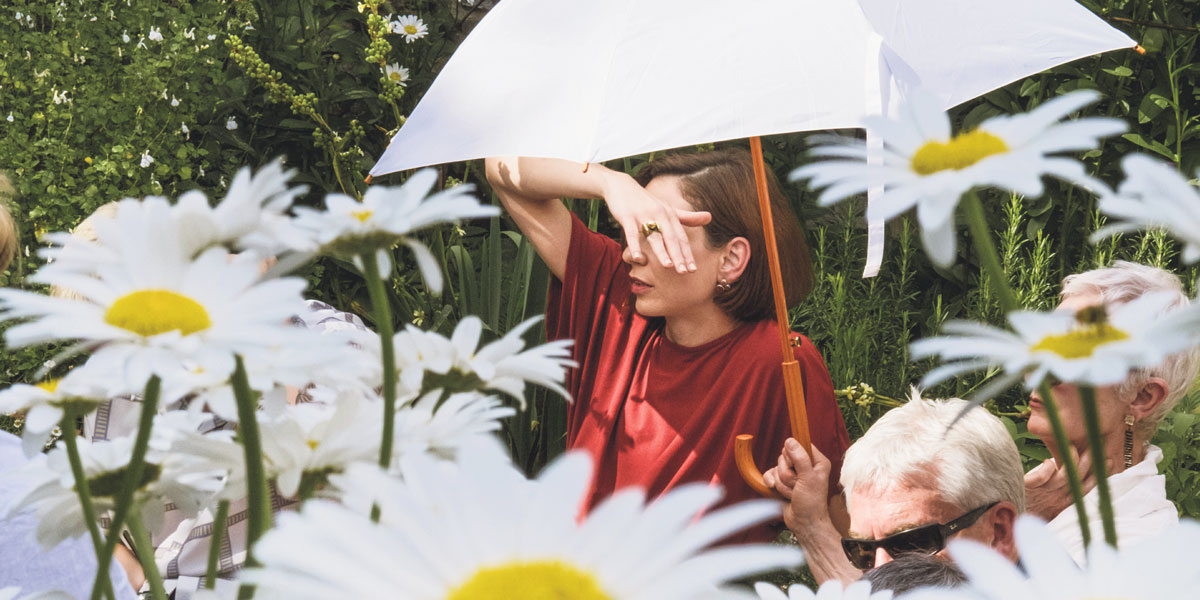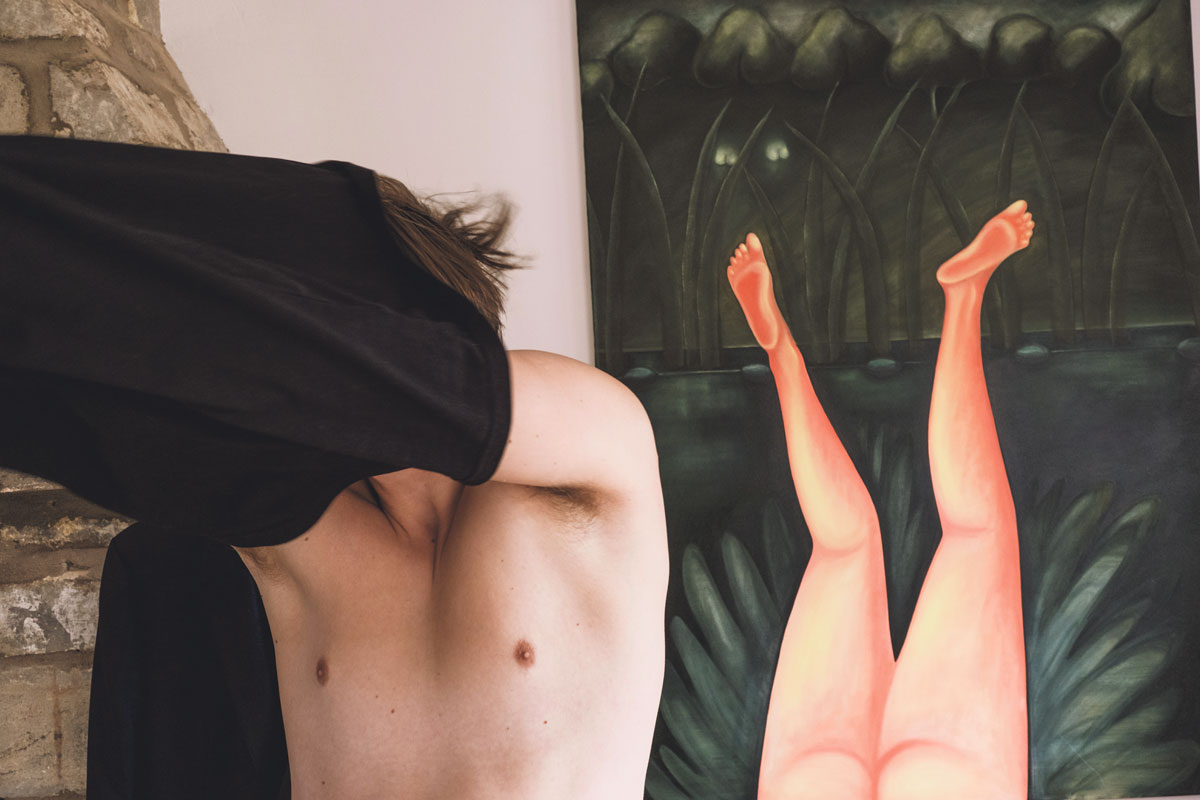
How is the Fujifilm X-H2S wedded to success?
Posted on Mar 21, 2023
York Place Studios reveals how the Fujifilm X-H2S is key to a happy marriage of stills and video
Advertisement feature
Every wedding is unique – and every moment is special. Each celebratory day is a thousand, maybe a million, tiny fragments of fun, joy, sadness, silliness, love and nostalgia… thrown into this, what can photographers and filmmakers hope to achieve? How can they possibly capture everything in stills and video, binding the chaos into something meaningful and lasting?
Making a success of weddings since 2006, York Place Studios – which consists of brother and sister Liam and Dom Shaw making stills, and their brother Alex and Dom’s husband Matt Thompson recording video – would seem to have the key.
“Capturing all those moments is where the beauty of documentary photography and filmmaking comes into its own,” says Dom. “Liam and I were always thrilled by street and candid photography, and so they naturally formed the heart of our wedding style. Of course, we also get all the ‘big beats’ of the day you would expect: the ceremony, cake cutting and kisses, but it’s really the in-between moments that clients choose us for.”
Weddings, Matt and Dom agree, have changed over recent years, and so has their approach. “It’s true that many people like a less formal event these days, where they can concentrate on having a great time with family and friends,” explains Matt. “There’s less of the fairy-tale look people once wanted; they prefer honesty. As documentary styles show, life can be amazing enough without making things up.”
But on a busy wedding day, which is rarely anything short of organised chaos, how do they go about their business? “We’re always looking for humour, candour and emotion in our shots,” Dom says. “What we love is the idea that people have spontaneous documentary moments on their wall. We never stage anything and don’t know what’s going to happen. We can only be aware of the possibilities. It takes a lot of concentration as we are always on the lookout, or anticipating how a situation may unfold. And we can also create by the way we compose. That’s certainly where working as a pair can be vital, as you have more time and more opportunities.

“The optimum is capturing these layered images,” she adds, “where you have a frame that’s full of life. It can happen at any time – even within the regular formalities of a wedding, like people relaxing after a speech or a group photo. The trick is to find some balance, and make images as clean and easy to read as possible. For instance, no matter how busy the frame might be, subjects require separation, so you could almost draw around each person. It usually just means quickly moving your feet!”
At other times, they will adopt a classic street approach of matching up aspects of a location with the people in it. “It’s the old difference of ‘hunting’ or ‘fishing’ in photography,” Dom explains. “While most of the time we’re hunting and assessing a location to see what it might produce, at others, we might spot one part of a jigsaw and keep it in mind for later, like a prop or frame.”
In video, it’s similar but different, says Matt: “Our style is quite fast, with three- or four-second edits, but within that time we still want to show something surprising or meaningful. The layering that Dom talks about is more difficult in video because it’s not a frozen moment, but we can do things stills can’t. We often frame with movement in mind and use motion to reveal situations, rather than showing the end product as in a still. Again, it’s about anticipation, and if we know something is about to unfold, we can reveal it by blocking parts of the frame to keep the viewer hooked. While we never set anything up, there is some choreography in telling the tale.”
“There’s a lot less of the fairy-tale look that people once wanted; now they prefer honesty”
All members of the York Place team now work with the Fujifilm X-H2S, but their choice of camera has evolved along with the X Series itself. “We quickly migrated to the X Series,” says Dom. “A big part of that was beautiful colours straight out of the camera. I started with an X-T1 and was using it so much that we knew we had to invest in backup bodies. The X-Pro2 came along next, realising we could use it just as well for weddings as street – and then the X-Pro3. With X-H2S, Matt and Alex were excited about its video features, but I wasn’t expecting it to be my choice for stills. I was wrong – it’s an amazing hybrid.
“Because we’re so focused on spontaneity, we need cameras that respond as quickly as our minds,” Dom continues, “and the X-H2S takes speed to another level. Eye-tracking AF is particularly amazing, because it lets me follow a subject, but also move focus away with a simple shift of the dial if I want it to be somewhere else. And I can switch in and out of those modes with the buttons on the body by default.
“The tracking is incredible for dance floor images,” she goes on, “and because we don’t use flash, X-H2S’s ISO performance is vital. Pictures are clean and detailed even at the higher settings. By the end of the day, I’m thankful for the camera’s larger handgrip, too, which takes a lot of strain away – and makes handling a lot safer on the more boisterous dance floors!”
As for video performance, it’s a similar story. “Using the X-H2S has let us work handheld a lot more,” says Matt. “It’s small, light and the in-body image stabilisation is brilliant. Previously, we worked with monopods, but now we roam more freely, which leaves us more likely to capture the moments we’re looking for. The camera’s tilting screen helps, too – and subject tracking AF is just as good in movies as stills, which lets me work with two bodies. I don’t even need to check if something is in focus – it always is!”
The X-H2S’s 6K video mode has helped Matt. “We record in 4K most of the time, which allows cropping to Full HD, but the 6K mode is a level beyond that. It’s so useful for ceremonies in particular, where I can crop in from an unmanned camera to fine-tune a shot, or make a new angle.”
As a business, only needing one camera body is incredibly helpful, Dom confirms. “Even though the disciplines are distinct, the fact we can switch the camera from stills to video and be straight into the right settings is amazing. We can all be second shooters, mix and match lenses, and with seamless colour and quality. That responsiveness is vital in our storytelling.”
Originally featured in Issue 105 of Photography News.
Don’t forget to sign up to receive our newsletter below, and get notified about the new issue, exclusive offers and competitions.
Have you heard The Photography News Podcast? Tune in for news, techniques, advice and much more! Click here to listen for free.




